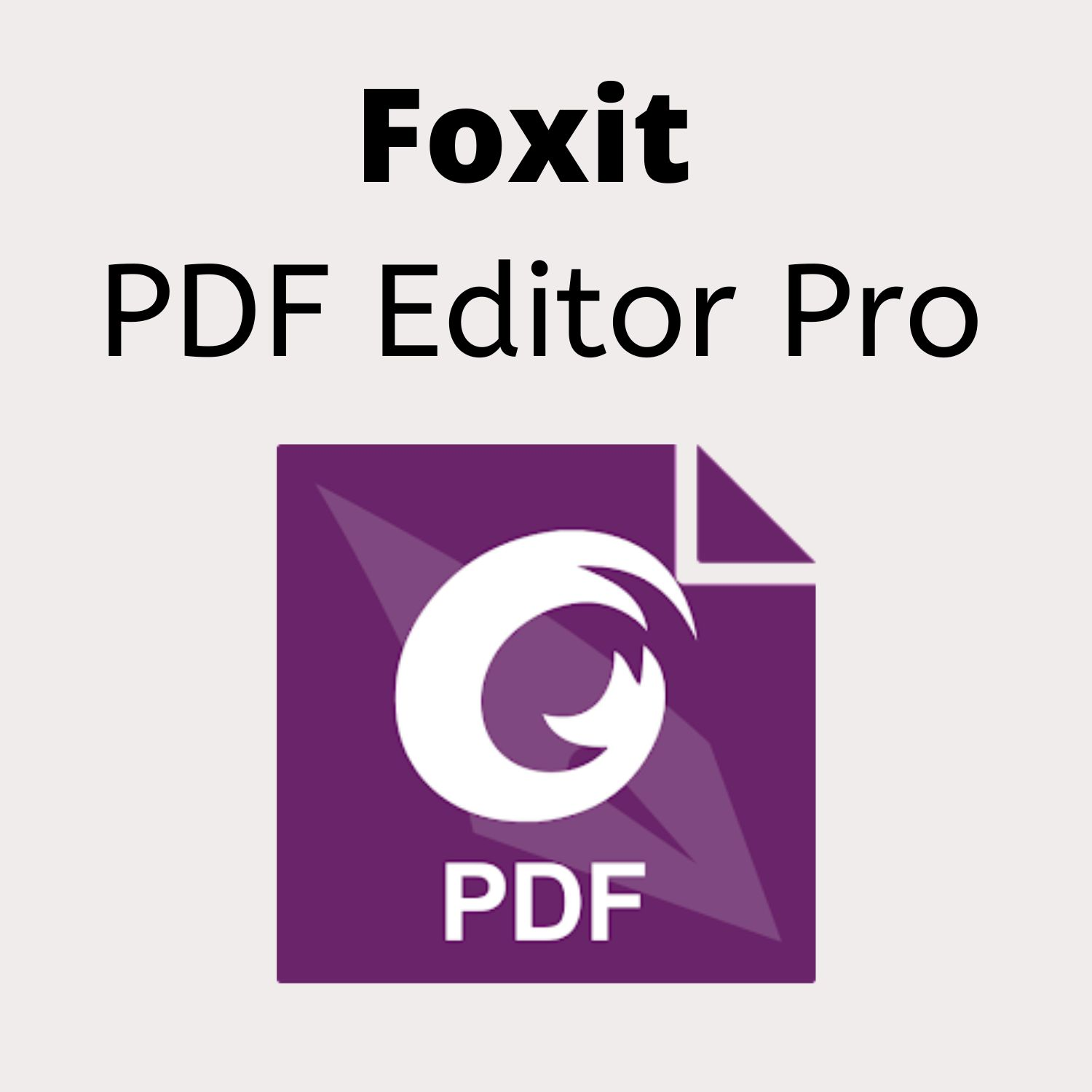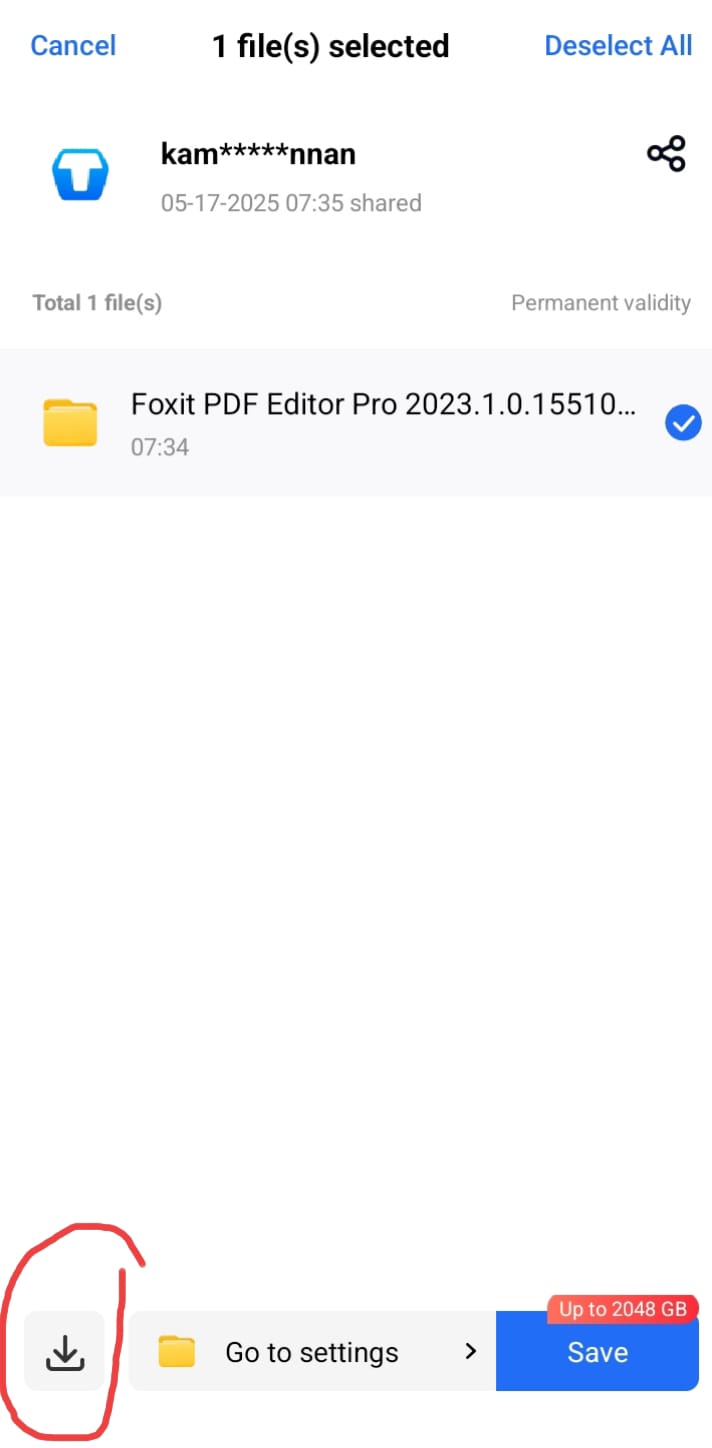Download Full Version PDF Editor For Free Only From Complete-Web-Data.com

Introduction to PDF Editors: Why They Matter
PDF editors have become indispensable tools in today’s digital landscape, offering users the capacity to modify, create, and manage Portable Document Format files effortlessly. Their significance derives from the universal use of PDFs for sharing documents due to their consistency across devices and platforms, ensuring the integrity of formatting and content. The evolution of PDF editors has eliminated the challenges traditionally associated with editing these secure files, making them accessible and user-friendly. PDF files are commonly used in business environments, academic institutions, legal documentation, and personal communications. Therefore, having the ability to edit, annotate, or customize these files can significantly streamline workflows and enhance productivity. The presence of advanced editing tools allows users to manipulate text, images, and layouts without distorting the original quality of the file. Furthermore, they enable the creation of new PDF documents entirely from scratch, catering to a range of professional needs.
Some distinguishing features of PDF editors include:
-
Text and Image Editing: Users can add, remove, or alter text and images directly within the PDF, improving document precision.
-
Annotation Tools: Features such as highlighting, commenting, and adding sticky notes enhance collaboration and feedback processes.
-
Form Filling and Creation: Businesses and individuals can create or edit fillable forms for data collection or administrative purposes.
-
File Conversion: Many PDF editors allow users to convert PDFs to other formats such as Word, Excel, or PowerPoint for expanded usability.
Transitioning from viewing PDFs passively to actively interacting with them equips individuals and organizations with greater control over their documentation processes. For professionals seeking a versatile tool to meet their diverse needs, the reliability and functionality of PDF editors make them essential.
Benefits of Using a Full Version PDF Editor
A full version PDF editor offers robust and versatile features that significantly enhance productivity and streamline workflows. Unlike limited free or trial versions, the full version provides comprehensive tools suited to various professional and personal applications. Below are the key benefits of using a full-featured PDF editor:
Advanced Editing Capabilities
-
Users can edit text and images directly within the PDF file, making updates seamless without needing to recreate the document.
-
Full editors allow for precise formatting adjustments, such as font styles, alignment, and image resizing, creating polished documents effortlessly.
Enhanced Collaboration Tools
-
Professionals can add comments, highlight text, and use sticky notes for efficient collaboration with team members.
-
Sharing capabilities are often integrated, ensuring smooth communication and enabling real-time feedback interaction.
Document Conversion Features
-
These editors support the conversion of PDFs into other formats, such as Word, Excel, or PowerPoint, broadening usability and accessibility.
-
Files can also be converted back into PDF format while retaining their original quality and layout.
Security and Encryption Options
-
Advanced security features, including password protection and encryption, help safeguard sensitive information.
-
Digital signature integration ensures document authenticity and facilitates compliant workflows.
Batch Processing and Automation
-
Users can apply edits, compress, or convert multiple files simultaneously, saving time and effort in handling large-scale operations.
-
Automation tools reduce repetitive tasks, boosting efficiency in document management.
Integration with Other Software
-
Full version editors often integrate well with popular software platforms, allowing smooth transitions between applications.
-
Cloud compatibility ensures users can access and modify files from anywhere.
The comprehensive functionality provided by full version PDF editors empowers users to work smarter and achieve professional-quality results, making them an indispensable tool across diverse industries.
Key Features to Look for in a PDF Editor
When selecting a PDF editor, identifying the features that cater to your specific needs is crucial. The following key attributes ensure optimal functionality and ease of use:
-
Editing Capabilities: A good PDF editor should offer comprehensive editing tools. Essential features include the ability to modify text, images, fonts, and layouts without altering the document’s original formatting.
-
Annotation and Markup Tools: High-quality PDF editors support annotations, such as highlights, sticky notes, comments, and freehand drawing. These tools enhance collaboration and boost productivity when reviewing documents.
-
Conversion Options: The ability to convert PDF files into other formats such as Word, Excel, PowerPoint, or image files is vital for versatile use. Similarly, converting files from other formats back into PDFs ensures seamless document management.
-
OCR (Optical Character Recognition): Look for Optical Character Recognition technology to extract and recognize text within scanned documents or image-based PDFs. This feature is invaluable for creating searchable and editable text.
-
Form Creation and Filling: A reliable PDF editor should let users create, fill, and electronically sign interactive forms. Customizing forms with checkboxes, drop-down menus, and text fields is particularly useful for business documents.
-
Security Features: Ensure the editor has robust security options, such as password protection, encryption, digital signatures, and redaction tools. This ensures sensitive information remains confidential.
-
User Interface and Ease of Use: A well-designed, intuitive interface simplifies navigation and usability, even for beginners. Ensure the editor balances functionality with accessibility.
-
Collaboration Tools: Advanced PDF editors offer real-time collaboration features, allowing multiple users to edit or annotate simultaneously, streamlining workflows for teams.
-
Batch Processing: For efficient handling of large volumes of PDFs, look for batch processing features, which allow users to apply edits, conversions, or security settings to multiple files at once.
By focusing on these features, users can make informed decisions when choosing the right PDF editor to enhance document creation, editing, and management workflows.
Where to Find Reliable Free PDF Editor Downloads
Finding reliable sources for free PDF editor downloads is crucial to ensure safety, functionality, and a seamless user experience. Many websites claim to offer free software, but some may expose users to risks such as malware, limited features, or deceptive practices. This section outlines trusted places to locate reputable full-version PDF editors.
Trusted Websites and Platforms
-
Official Developer Websites It is best to download PDF editors directly from the software developer’s official site. These platforms provide authentic software free from malicious scripts and offer access to updates and support features. For example, Adobe and other leading developers often have trial versions or free basic tools available for download.
-
Open-Source Software Repositories Open-source hubs like SourceForge or GitHub frequently offer free, full-featured PDF editors. These platforms provide transparency, allowing users to verify the integrity of the software and its source code.
-
Technology Blogs and Review Sites Trusted technology sites such as TechRadar or CNET often review and recommend safe PDF editor options. These resources help users compare tools based on performance and features, linking to legitimate download sources.
Recommendations for Secure Downloads
-
Check User Reviews Verifying reviews and ratings ensures the editor meets your requirements and functions as advertised. Look for feedback that discusses ease of use and compatibility.
-
Cross-Verify Domain Reputation Using tools like Google Safe Browsing or Trustpilot is helpful to assess the credibility of a download platform before accessing files.
-
Beware of Prepackaged Software Avoid sites offering bundled software, which may include unnecessary third-party applications, unless they are explicitly trustworthy.
By choosing reliable sources, users can safely access efficient free PDF editors without compromising system security or software quality.
Tips for Installing and Configuring PDF Editors
Installing and configuring a PDF editor effectively is crucial to ensuring optimal performance and usability. Below are detailed tips and best practices to guide users through this process.
Steps to Install a PDF Editor
-
Verify System Requirements: Users should first review the software’s system requirements to confirm compatibility with their operating system, processor, RAM, and storage capacity. This step ensures smooth installation and operation.
-
Download From A Trusted Source: It is essential to download the PDF editor from reputable sources, such as Official software websites or trusted platforms like Complete-Web-Data.com. This minimizes the risk of encountering malware or corrupted files.
-
Disable Antivirus Temporarily: Certain antivirus programs may interfere with the installation process. Users may choose to temporarily disable their antivirus software while installing the PDF editor but should ensure reactivation immediately after the setup is complete.
-
Follow Setup Instructions Precisely: During installation, users must carefully review and follow the software’s step-by-step installer instructions. Special attention should be given to optional add-ons or third-party applications bundled with the PDF editor.
-
Restart Your System: For changes to take effect fully, rebooting the system after installation is strongly recommended. This step helps finalize connections and configurations.
Configuration Tips for Optimal Usage
-
Select Preferred Language: Upon first launch, users can adjust the language settings to their preference. This enhances navigation and overall user experience.
-
Customize Default Settings: Key settings such as file saving location, default fonts, and editing tools should be customized to fit individual needs.
-
Integrate with Cloud Solutions: Configuring cloud integrations, such as Google Drive or Dropbox, allows users to access and save files seamlessly across devices.
-
Utilize Security Features: Advanced PDF editors often come equipped with password protection, encryption, and watermarking options. Enabling these features helps secure sensitive documents.
-
Perform Regular Updates: Users should activate automatic updates or manually check for new versions to ensure their software stays updated with the latest features and security patches.
Troubleshooting Installation Issues
-
If installation fails, users can try running the installation program as an administrator. This action often solves permissions-related issues.
-
Checking for disk space availability and ensuring required dependencies are installed can help resolve common errors.
-
Consulting the software’s online support or user guide may offer solutions to specific installation challenges.
Best Practices for Using Free PDF Editors Effectively
Using free PDF editors can streamline document management, editing, and collaboration tasks. To maximize efficiency and prevent potential issues, users should adhere to several best practices.
1. Evaluate the Features and Limitations of the Editor
It is recommended that users analyze the feature set offered by free PDF editors before beginning their tasks. Free tools often have limited functionalities compared to paid counterparts. Identifying whether the software supports essential features such as text editing, annotation, encryption, and file conversions is crucial for matching it to specific project requirements.
2. Prioritize Security and Privacy
Users must ensure the software adheres to robust privacy measures, especially when editing sensitive documents. Browsing reviews and ratings for insights into security protocols can be helpful. It is also advisable to avoid cloud-based editors for documents containing confidential information, unless the tool offers reliable encryption methods.
3. Maintain File Format Compatibility
File compatibility issues can arise when using free PDF editors. To mitigate this, users should verify whether their chosen editor supports common formats such as .docx, .pptx, or .xlsx for seamless integration with other tools. Additionally, previewing edited documents in different PDF viewers can help detect formatting errors early on.
4. Utilize Keyboard Shortcuts and Automation Features
Learning key shortcuts specific to the chosen PDF editor can improve productivity. Many free tools offer batch editing features or page extraction capabilities that reduce manual workload. Users are encouraged to explore these functionalities and incorporate them into repetitive tasks.
5. Regularly Save and Backup Edited Files
Frequent saving and creating backups are critical, as free software may be prone to unexpected crashes or errors. Activating auto-save features, if available, minimizes risk and ensures the retention of progress without interrupting workflow.
6. Seek Tutorials and Guides for Optimization
Familiarizing oneself with the tool’s interface is important for effective usage. Many free PDF editors provide documentation, community forums, or video tutorials that guide users through advanced capabilities. Leveraging these resources ensures better utilization and avoids trial-and-error mistakes during editing.
These practices, when implemented systematically, allow users to benefit fully from free PDF editors while minimizing constraints associated with their limited feature sets.
Troubleshooting Common Issues with PDF Editors
PDF editors are powerful tools, but various challenges can arise during their use. Identifying and resolving common issues ensures smoother functionality while saving time and effort. Below are some frequently encountered problems along with potential solutions.
1. Editing Restrictions on Protected PDFs
Many users face difficulties editing protected PDFs due to restrictions set by the document’s creator. These restrictions often prevent modification, copying, or even printing. A workaround is using third-party unlocking tools or checking whether the original author has provided a password for editing permissions. When applicable, users should ensure compliance with copyright or data protection laws.
2. Fonts Not Displaying Correctly
Inaccurate font rendering is a common issue, especially when a document contains uncommon or custom fonts. This problem usually occurs because the required fonts are not embedded in the PDF. To address this, users should enable font substitution within the editor’s settings or install missing fonts on their system. For editing without distortion, opting for editors that support font embedding is recommended.
3. Corrupted PDF Files
Sometimes, PDF files won’t open in the editor due to corruption. Corruption can result from improper downloads, transfer errors, or storage on defective drives. To fix this, users may utilize repair utilities built into some editors or look for online file recovery tools. Maintaining multiple backups of critical PDFs can prevent data loss in such scenarios.
4. Exporting or Saving Changes
Users occasionally encounter issues where changes made during editing do not save correctly or appear in the exported version. Ensuring the editor is updated to its latest version can mitigate these concerns. Additionally, saving work in a different format before re-saving as a PDF may help retain edits.
5. Software Crashes
Frequent crashes disrupt workflow and result from memory constraints, file size, or software bugs. Larger PDF files with many graphics and layers often exacerbate this issue. Users should consider reducing file size, clearing system cache, or reinstalling a stable version of the editor.
6. Inconsistent Annotations or Comments
Annotations might not display correctly across different PDF readers or editors due to compatibility issues. Using standardized annotation tools, exporting files in universally recognized formats, and testing annotations before sharing can ensure consistency.
Anticipating these challenges and adopting preventive measures, such as using robust PDF editors, can simplify troubleshooting efforts significantly.
Conclusion: Maximizing Efficiency with PDF Editors
Leveraging a reliable PDF editor enables users to streamline document workflows, improve collaboration, and enhance productivity in both personal and professional contexts. The ability to make precise edits, annotations, and conversions within a single interface dramatically reduces the need for multiple tools, saving time and effort. A full-version PDF editor unlocks advanced functionality, offering users complete control over document creation and customization. One of the most significant advantages of using a full-featured editor is its capacity to support diverse formats. Users can seamlessly convert PDFs to Word, Excel, PowerPoint, or image files, allowing for flexibility in managing information across platforms. Additionally, editing tools provide options to modify text, add or remove images, adjust formatting, or even rearrange entire pages, catering to complex document requirements. Collaboration tools are another highlight of professional PDF editors. Features such as annotations, comments, and electronic signatures enable teams to work cohesively, whether reviewing reports or finalizing contracts. These functionalities are particularly valuable in remote work scenarios, where real-time communication and document sharing are essential. Security enhancements also play a pivotal role in modern PDF editors. Encryption, password protection, and redaction tools allow users to safeguard sensitive information with minimal hassle. This ensures compliance with data protection regulations while maintaining the integrity of personal and organizational documents. For heavy users, automation features can help scale up productivity. Batch processing, OCR (Optical Character Recognition) for scanned documents, and pre-set templates eliminate repetitive tasks and expedite bulk operations. Such integration of advanced capabilities creates a comprehensive toolkit tailored to meet diverse needs.
By utilizing a robust PDF editor, users can manage their documents with precision, fostering professional outcomes that are efficient and hassle-free.

